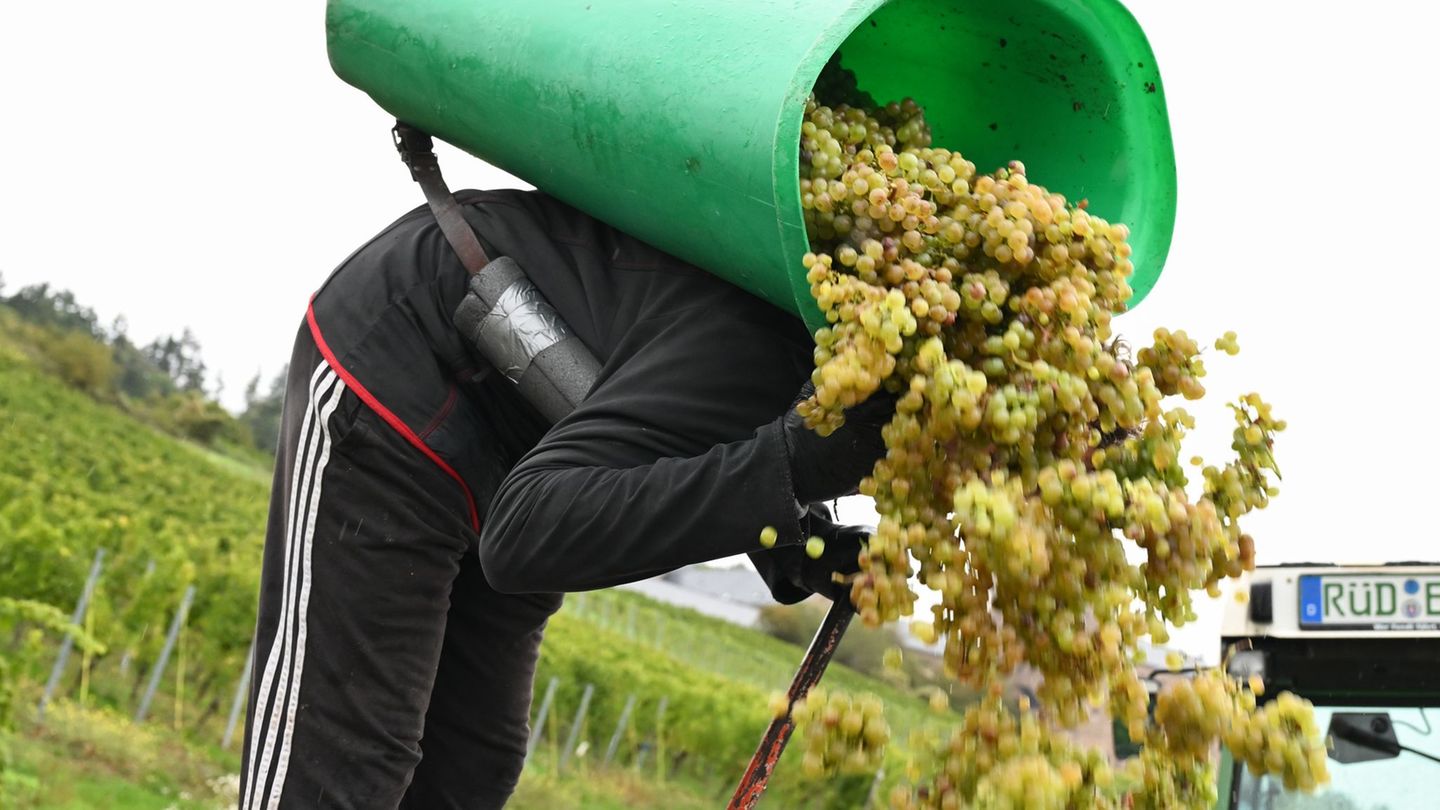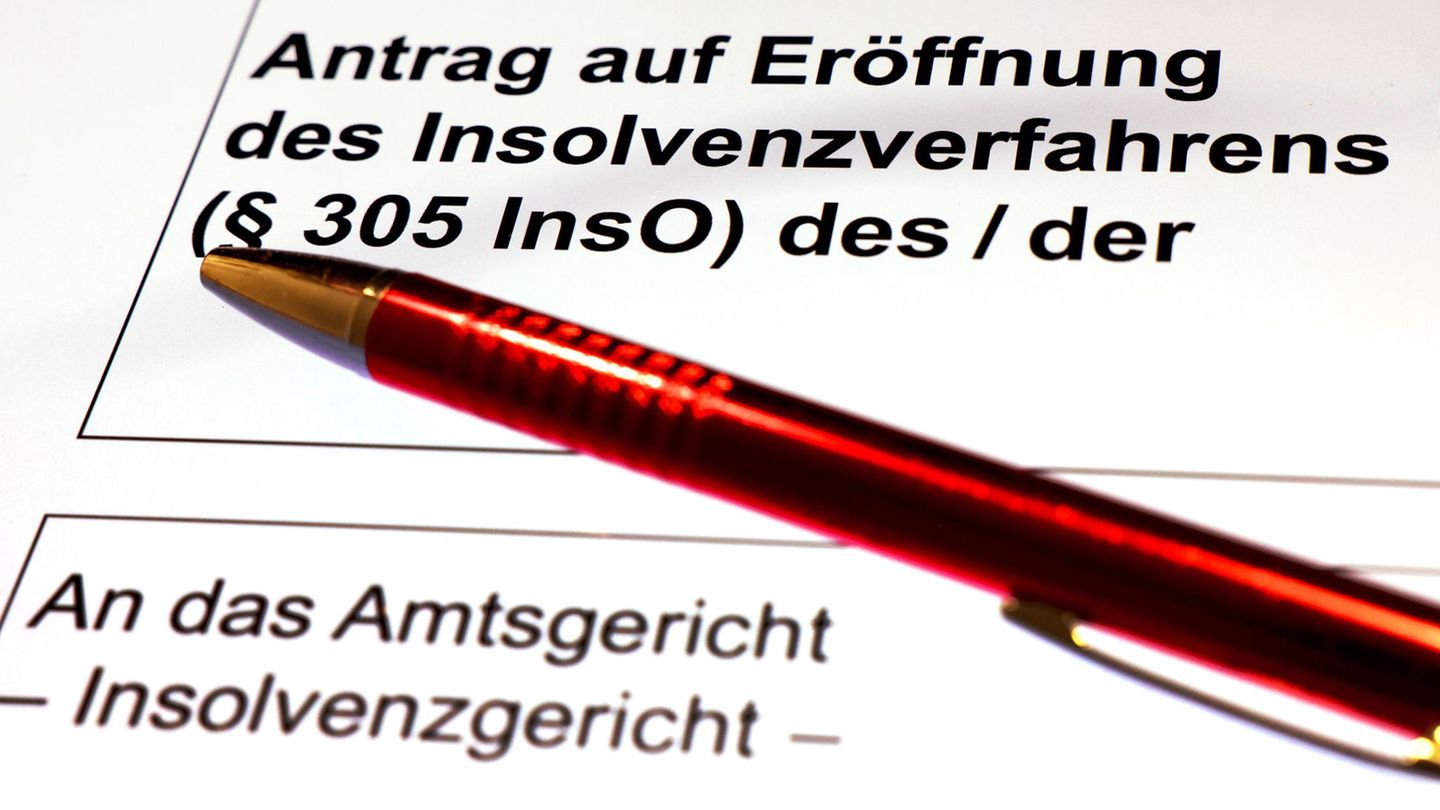Reading is over
Final estimate: Smallest wine harvest in 15 years
Copy the current link
Add to watchlist
After the harvest there is still talk of an “extremely good” vintage. However, the estimate of the quantity is sobering: less was last harvested in Germany in 2010.
In Germany, less wine has been harvested than in 15 years. According to the final estimate by the German Wine Institute (DWI), the yield from the 2025 harvest is expected to be 7.3 million hectoliters of wine must – even less than expected around a week ago.
Most recently, winemakers in the 13 German growing regions brought in a small amount of 7.1 million hectoliters in 2010, as DWI spokesman Ernst Büscher announced in Bodenheim, Rhine-Hesse.
This means that this year’s yield would be 7 percent below last year’s and 16 percent below the average of the past ten years (8.7 million hector liters). The Federal Statistical Office recently assumed around 8.2 million hectoliters of wine must based on estimates for this year.
Significant losses in the four major wine-growing regions
The sharp decline is due in particular to significantly lower volumes in the four largest German wine-growing regions of Rheinhessen, Palatinate, Baden and Württemberg, as Büscher said. “Smaller grape berries, below-average must yields and, above all, intensive grape selection after the heavy rainfall in mid-September have led to an estimated harvest decrease of 23 percent or almost 600,000 hectoliters compared to the ten-year average in Rheinhessen alone.”
For the Palatinate, 400,000 hectoliters of wine must (minus 18 percent) are forecast less than the ten-year average, for Baden minus 180,000 hectoliters (minus 15 percent) and in Württemberg the winemakers are expecting 200,000 hectoliters or 22 percent less than in the comparable period.
Double-digit percentage declines in harvest volumes are also expected on the Nahe and in the two Hessian wine-growing regions Rheingau and Hessische Bergstrasse.
Very concentrated and fruity wines expected
On the other hand, wine-growing regions that suffered greatly from extreme late frost damage in 2024 could be pleased with good yields this year, as Büscher said. These primarily include the two eastern areas of Saxony and Saale-Unstrut as well as the Ahr, which recorded triple-digit percentage increases in volume compared to the previous year. But the estimated harvest volumes on the Moselle and Franconia are also slightly above average this year.
All 13 growing regions agree on the assessment of wine quality. These would be rated as “extremely good” due to the exceptionally high ripeness of the grapes. “The grape berries were often smaller this year, but they were even more aromatic, which means that very concentrated and fruity wines can be expected,” said Büscher.
dpa
Source: Stern




